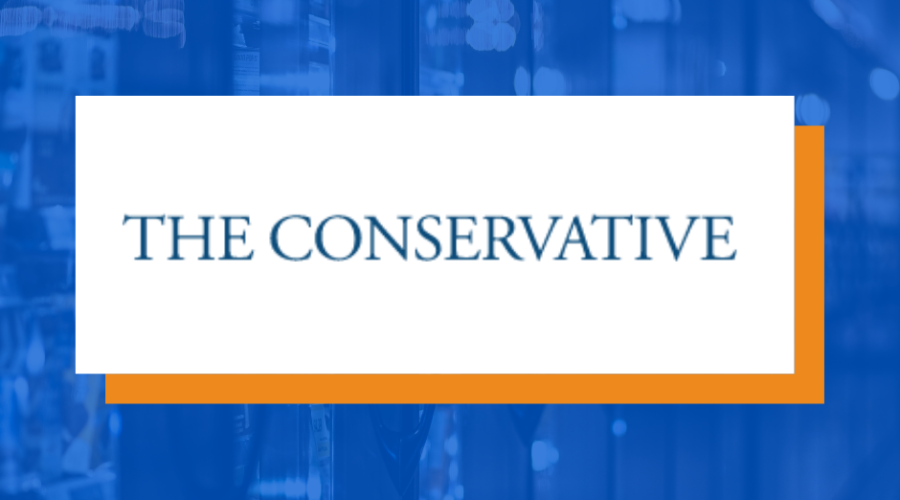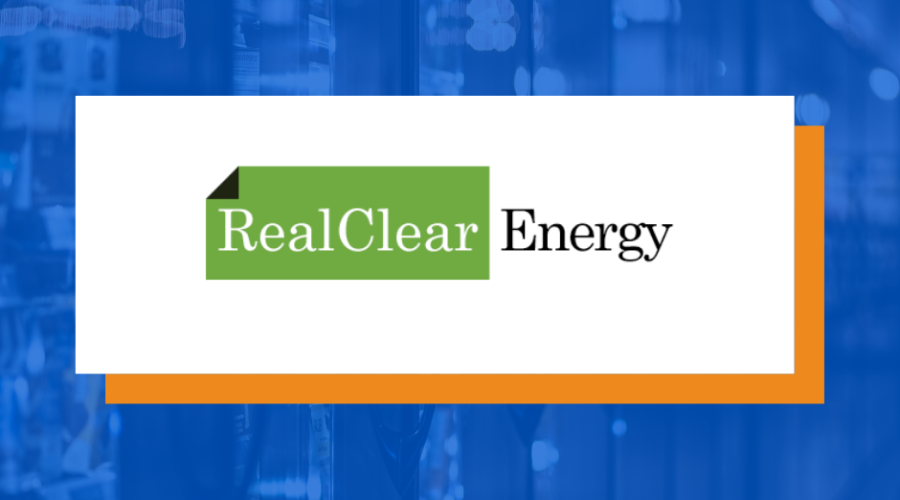The problem with the EPA’s pesticide politics
If you’re a regular consumer of memes, then you’ve likely heard of the widely used herbicide atrazine. Conspiracy theory broadcaster Alex Jones mentioned the chemical in a now-viral segment claiming it “turns the frog gay.” Jones had based his claims on research by a Berkeley biology professor named Tyrone Hayes. In 2002, Hayes published a study that claimed to find “hermaphroditic, demasculinized frogs after exposure to the herbicide atrazine at low ecologically relevant doses.”
Though it was dressed up as science and eventually became a meme, those claims were not peer-reviewed, and Hayes never provided data to back up his conclusions. Oddly enough, none of the other 7,000-plus scientific studies that established the safety of atrazine ever came to the same conclusion.
However, this herbicide has opponents beyond the realm of conspiracy theorists, not because of its inherent characteristics, but because environmental activists are increasingly attempting to ban all pesticides. Unlike the European Union, the U.S. has maintained a reasonable standard on studied substances allowed for use in modern agriculture because the U.S does not pursue the goal of boosting an “organic food only” type of policy . Unfortunately, that appears to be changing.
When the Environmental Protection Agency reauthorized atrazine in 2019, it did so according to a mandate by the Federal Insecticide, Fungicide, and Rodenticide Act to consider both risks and benefits arising from the registration. The agency reconsidered the so-called concentration equivalent level of concern, a conservative regulatory threshold meant to protect aquatic ecosystems from damage by the herbicide. The EPA practically reauthorized atrazine for use by farmers after a 2016 EPA evaluation proposed lowering the threshold from 10 parts per billion to 3.4 parts per billion. At the 3.4 ppb threshold, atrazine cannot be used practically, making the CELOC so restrictive that the substance would not have been allowed on the domestic market.
To farmers, atrazine and other herbicides such as glyphosate, glufosinate, and 2,4-D play a vital role in killing weeds that would otherwise have to be handled through increased tillage. This “conservation tillage,” as it’s called, reduces soil erosion and runoff. Increased soil tillage would, overall, be worse for the environment, as tillage also reduces crop residue, which helps cushion the force of raindrops.
The fight over atrazine has the new EPA embroiled in a legal battle. Following lawsuits by environmental organizations against the reauthorization of atrazine, the EPA is now asking the 9th Circuit Court of Appeals in San Francisco to instruct itself to reconsider the previous assessment. With this move, the EPA moves away from the scientific approach to risk and benefit assessment by circumventing the recurring reevaluation periods. In picking a politically convenient court to enable a “restart” of the process, the EPA follows politics, not scientific rigor.
This is not the first time that the EPA has done this. In a similarly disturbing move, the agency in May used a lawsuit by environmental organizations against the registration of glyphosate to ask a 9th Circuit Court to tell the EPA to reconsider certain past decisions concerning the ecological impact of the widely used herbicide. Using the court system to revisit settled regulatory decisions runs the risk of politicizing a process, in this case the regular registration review of herbicides and pesticides, that is constructed and designed to be apolitical and to function the same way regardless of who is in the White House.
If the goal of the federal government is to follow a European-style road map to increase organic farming despite the fact that only 4% of American consumers actually demand these products, then that’s a political conversation that should be open and transparent.
However, increasingly depriving conventional farmers of the essential tools they need to protect against natural threats to their crops is a backdoor means of hurting farmers and consumers alike while not contributing to a fruitful discussion.
Opening the floodgates of administrative flip-flopping and an avalanche of lawsuits is to nobody’s benefit but a few wealthy law firms. Picture the scene of organic farming being subject to the same kind of scrutiny. Would it be productive for a subsequent administration and NGOs friendly to its causes to attack copper sulfate, a pesticide commonly used in organic farming, relentlessly?
Diversity in farming allows farming entrepreneurs to choose the production methods they feel the most comfortable with while allowing consumers to choose the foodstuffs they like the most. In this equation, the role of environmental protection agencies is to assess science in an unbiased way, removed from the political priorities of the day. At least at present, that’s a goal the EPA should embrace rather than push aside.
Originally published here





